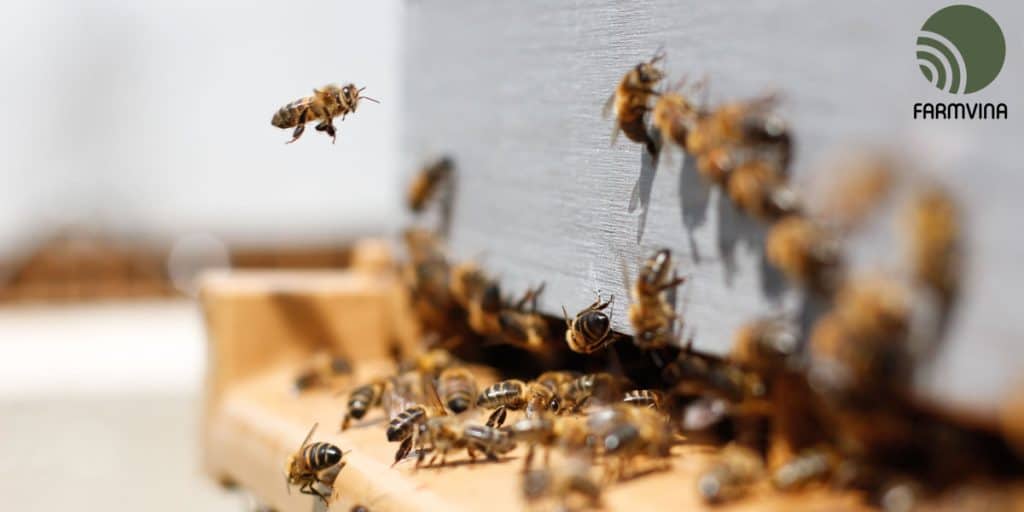Weeds and Pests
Regardless of the type of garden you are going to grow, you are going to face weeds and pests. Whether you have a large backyard garden or a small container garden on your balcony, you will be invaded by weeds and pests, at any one point in time.
You should be prepared to deal with these pesky enemies and save your plants. Before you start applying over-the-counter pesticides and insecticides, remember to try out homemade pest control products. Since urban homesteading is all about making your own organic food, you can save your plants from infection by using natural pest control products using items available in your kitchen.
Homemade insecticides will help save your garden; and it doesn’t cause harmful side-effects as well.
You can make this very simple pest control liquid at home. Mix together 90 grams of garlic cloves (finely chopped) with 2T liquid paraffin, and allow this mixture steep for nearly 48 hours. Completely dissolve 15 grams of grated soap flakes into warm water. Mix these two solutions together and strain it. One part of this mixture has to be used with 50 parts of water, and spray on plants.
Best pest control for asparagus beetles, maggots and flea beetles are also available in your kitchen and garden. Simply soak two cups of chopped tomato leaves in enough water for at least 12 hours. Carefully stain this mixture and add one pint of water and ¼th teaspoon of liquid soap.
Protecting your plants from pests and weeds through natural ways is the crux for all new organic gardeners. Good cultivation customs can go a long way to controlling the worst dangers to your garden. No garden is ever free of plant disease and pests. Beetles, caterpillars, dogs, fungus, and dogs are but a few of the endless list of causal factors in damaging gardens.
Fortunately, you can combat these predators with a simple solution and not risk your health or burn a heavy hole in your pocket. Many a times, simply by modifying the manner you garden, you can deter problems prior to their onset. The tips listed below can be applied together to create a protective wall against the most usual crises that may happen in vegetable, fruit and flower gardens.
Many hindrances can be attacked on different fronts, so if one remedy fails in your garden, use another. Foremost of all, you must stay heedful. It is much stress-free to guard your garden if you act prior to or at the soonest signs of a problem.
1. Mechanical barriers
Many destroyers can be controlled by obstructing their entry to your garden. The most usual system is a plain fence, big enough to repel the predicted invader. Its form may be any of the following:
a. Cold frames
b. Cutworm bands
c. Hedges
d. Mesh
e. Line shields
2. Chemical barriers
Certain gardeners make use of animal scented products like dried blood or urine to discourage pesky creatures. Though not yet backed up by factual effectiveness support, they are worth a try. Just bear in mind that you may have to reapply these products frequently during rainy weather.
3. Pick disease-resistant plants
Many fungus infections and diseases can damage a wide array of garden plants. Leaves with a chalky appearance or weird coloration are usual signs of disease. The way to beat diseases is to prevent it. A variety of problems are tough or not possible to control the minute they get a grip on your plants. Hence, pick varieties which are generally disease-resistant.

This is the most critical factor a gardener can do to control all kinds of diseases beforehand. You may scan web sites or catalogs for plant types that are classified as disease resistant.
4. Get advice from dependable nursery and garden center workers
5. Provide space for plants
6. Keep the leaves dry at all times other than watering periods
7. Throw out diseased plants
8. Check plants regularly for problem symptoms
9. Rotate food crops
10. Test and maintain your soil
11. Use insect control methods
12. Observe waste management
13. Use traps and sprays which are nontoxic
14. Keep weeds at bay by using mulch
Complete Organic Fertilizer Recipe
To make adequate complete natural fertilizer to liberally cover an area of 100 square feet, you may choose from the following:
- 3 quarts oilseed meal
- 1 1/2 quarts feather meal
- The most excellent combination is probably: 2 quarts oilseed meal,
- 1 pint feather meal and
- 1 pint fishmeal plus
Mixture of:
- 1 quart soft
- 1 quart kelp meal And/or
- 1 pint Azomite
- Apply liquid kelp every 2 weeks as a foliar throughout the season.
For lime, you may pick one of these two choices:
- If your garden used to be a forest, add: Pint agricultural limestone, 100 (fine grind) and Pint agricultural gypsum;
- OR If your garden used to be a prairie grass or a desert, add 1 quart agricultural gypsum.
You may consider the following last four items optional:
- 1 teaspoon laundry borax or a smaller quantity of Solubor (1/2 gram actual boron)
- 1 1/2 teaspoons zinc sulfate
- 2 teaspoons manganese sulfate
- 1 teaspoon copper sulfate When all ingredients are in the bucket, mix them very thoroughly before spreading.
You may use either of the two mixing methods:
- Slowly pour the materials from one bucket to the next and then back again. Repeat this about six times;
- OR Stir the contents by hand. The first method works the best, but can stir up a bit of dust and is best done outdoors.
Originally posted 2020-09-03 10:22:29.




